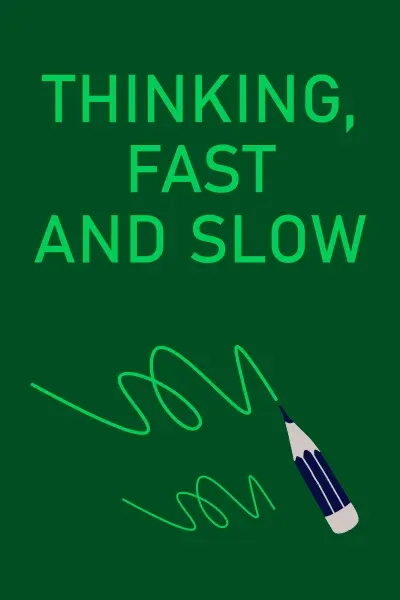
The Math of Life and Death
Brief Summary
You won’t find a single equation in “The Math of Life and Death” by Kit Yates, but only examples of how math impacts people’s lives. We live between percentages and values, ignoring them. Surprisingly, we can actually improve our lives by reframing the vision of mathematical concepts.
Topics
Key points
Key idea 1 of 7
Exponential growth means that something keeps increasing faster and faster over time. Both exponential growth and decay can baffle anyone delving into their significance. Large and small numbers can confuse newcomers. However, everyone can witness numerous indicators reflected by the curve. Examples include financial investments, embryo development, as well as the reactions and consequences of chemical substances.
How can we understand and manage this power? Let's examine the example of financial statistics. To harness the benefits of exponential growth, it's important to think in terms of rapid expansion and stay current with modern trends. When it comes to finances, if the potential for gain is exponential, an investment holds promise (but watch out, credit card debt can accumulate faster than you expect). There's no shortcut to wealth (and beware of schemes promising endless returns), which is why failing to think big can hinder our financial progress.
Horrific and colossal events such as Hiroshima, Nagasaki, and Chornobyl also illustrate the power of exponential growth. The Chornobyl disaster resulted from two thermal explosions. The power and uncontrollability of an explosion lay in its exponential processes. That day, an enormous amount of radioactive materials was released into the environment. To put it in perspective, it was equivalent to a blast with the power of 300 Hiroshimas. The radioactive cloud covered dozens of countries.
At first glance, with all the catastrophes and pandemics like the Spanish Flu and the Black Death, it might seem that the world's population should be decreasing. However, it is growing in geometric progression instead. If we continue at such rates and metrics, the population will reach ten billion in just thirty years. The worst thing is that the planet's resources will not support exponential population growth.
You may also like these summaries











